GREEN ALGAE ALERT AT NAKDONGGANG RIVER
입력 2022.08.05 (15:05)
수정 2022.08.05 (16:45)
읽어주기 기능은 크롬기반의
브라우저에서만 사용하실 수 있습니다.
[Anchor Lead]
Water quality in the Nakdonggang River, the main source of drinking water for residents of the southeastern region of Korea, is deteriorating rapidly due to heat waves and droughts. A green algae alert has been in place for over a month now in the river's downstream. Recently the amount of toxins in the river surpassed three times the normal level, raising concerns over the safety of drinking water.
[Pkg]
The entire river appears dark green, as if the water has been mixed with paint. A glass filled up with water from the river contains thick algae.
[Soundbite] Lee Dae-hee(Gimhae Resident) : "After going fishing, I have headaches or severe vomiting. Some people develop skin problems."
Just sprinkling clean water to prevent green algae in nearby water intake plants that provide drinking water for Busan residents is simply not enough. Soil extracted from water near a water intake plant upstream Changwon, Gyeongsangnam-do Province contains sewage worms and what appears to be midge larvae, which only live in waters of Grade 4 quality.
[Soundbite] Lim Hee-ja(Nakdonggang Network) : "It's because of green algae. When it sinks, it rots, becoming a breeding ground for midges."
Water quality in the Nakdonggang River has reached its lowest level ever due to heat waves and droughts. The amount of harmful cyanobacterial blooms at Mulgeum and Maeri recorded over 130,000 per ml on July 14, and soared to 144,000 per ml on July 25. It's the highest level since green algae alerts were first issued based on the amount of harmful cyanobacterial blooms in 2016. The amount of microcystin, a toxin emitted by blue-green algae, also exceeds the permissible levels set by the environment ministry by more than three times. The environment ministry and the Busan city government says no toxins have been detected in purified tap water.
[Soundbite] Park Chang-keun(Rivers and Life Water Society) : "The local gov’t promised to tighten the control of water intake and purifying plants. It’s nothing else but neglecting the quality of water consumed by the public."
The green algae alert in the Nakdonggang River downstream has been in place for now about 40 days. Controversy is brewing over the opening of floodgates, as water quality in the river keeps deteriorating due to severe droughts while farmers struggle to secure enough water for irrigation.
Water quality in the Nakdonggang River, the main source of drinking water for residents of the southeastern region of Korea, is deteriorating rapidly due to heat waves and droughts. A green algae alert has been in place for over a month now in the river's downstream. Recently the amount of toxins in the river surpassed three times the normal level, raising concerns over the safety of drinking water.
[Pkg]
The entire river appears dark green, as if the water has been mixed with paint. A glass filled up with water from the river contains thick algae.
[Soundbite] Lee Dae-hee(Gimhae Resident) : "After going fishing, I have headaches or severe vomiting. Some people develop skin problems."
Just sprinkling clean water to prevent green algae in nearby water intake plants that provide drinking water for Busan residents is simply not enough. Soil extracted from water near a water intake plant upstream Changwon, Gyeongsangnam-do Province contains sewage worms and what appears to be midge larvae, which only live in waters of Grade 4 quality.
[Soundbite] Lim Hee-ja(Nakdonggang Network) : "It's because of green algae. When it sinks, it rots, becoming a breeding ground for midges."
Water quality in the Nakdonggang River has reached its lowest level ever due to heat waves and droughts. The amount of harmful cyanobacterial blooms at Mulgeum and Maeri recorded over 130,000 per ml on July 14, and soared to 144,000 per ml on July 25. It's the highest level since green algae alerts were first issued based on the amount of harmful cyanobacterial blooms in 2016. The amount of microcystin, a toxin emitted by blue-green algae, also exceeds the permissible levels set by the environment ministry by more than three times. The environment ministry and the Busan city government says no toxins have been detected in purified tap water.
[Soundbite] Park Chang-keun(Rivers and Life Water Society) : "The local gov’t promised to tighten the control of water intake and purifying plants. It’s nothing else but neglecting the quality of water consumed by the public."
The green algae alert in the Nakdonggang River downstream has been in place for now about 40 days. Controversy is brewing over the opening of floodgates, as water quality in the river keeps deteriorating due to severe droughts while farmers struggle to secure enough water for irrigation.
■ 제보하기
▷ 카카오톡 : 'KBS제보' 검색, 채널 추가
▷ 전화 : 02-781-1234, 4444
▷ 이메일 : kbs1234@kbs.co.kr
▷ 유튜브, 네이버, 카카오에서도 KBS뉴스를 구독해주세요!
- GREEN ALGAE ALERT AT NAKDONGGANG RIVER
-
- 입력 2022-08-05 15:05:31
- 수정2022-08-05 16:45:04
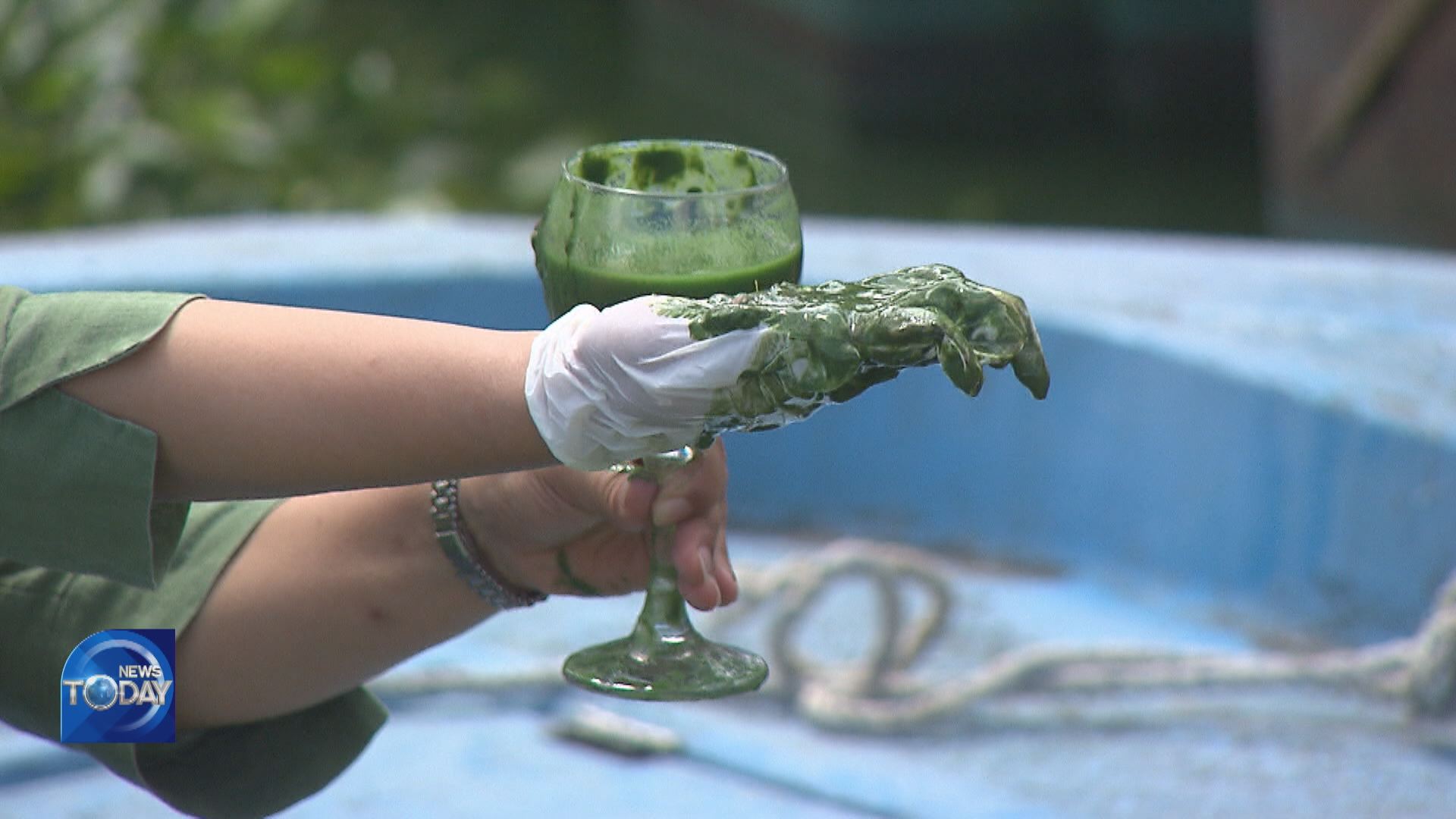
[Anchor Lead]
Water quality in the Nakdonggang River, the main source of drinking water for residents of the southeastern region of Korea, is deteriorating rapidly due to heat waves and droughts. A green algae alert has been in place for over a month now in the river's downstream. Recently the amount of toxins in the river surpassed three times the normal level, raising concerns over the safety of drinking water.
[Pkg]
The entire river appears dark green, as if the water has been mixed with paint. A glass filled up with water from the river contains thick algae.
[Soundbite] Lee Dae-hee(Gimhae Resident) : "After going fishing, I have headaches or severe vomiting. Some people develop skin problems."
Just sprinkling clean water to prevent green algae in nearby water intake plants that provide drinking water for Busan residents is simply not enough. Soil extracted from water near a water intake plant upstream Changwon, Gyeongsangnam-do Province contains sewage worms and what appears to be midge larvae, which only live in waters of Grade 4 quality.
[Soundbite] Lim Hee-ja(Nakdonggang Network) : "It's because of green algae. When it sinks, it rots, becoming a breeding ground for midges."
Water quality in the Nakdonggang River has reached its lowest level ever due to heat waves and droughts. The amount of harmful cyanobacterial blooms at Mulgeum and Maeri recorded over 130,000 per ml on July 14, and soared to 144,000 per ml on July 25. It's the highest level since green algae alerts were first issued based on the amount of harmful cyanobacterial blooms in 2016. The amount of microcystin, a toxin emitted by blue-green algae, also exceeds the permissible levels set by the environment ministry by more than three times. The environment ministry and the Busan city government says no toxins have been detected in purified tap water.
[Soundbite] Park Chang-keun(Rivers and Life Water Society) : "The local gov’t promised to tighten the control of water intake and purifying plants. It’s nothing else but neglecting the quality of water consumed by the public."
The green algae alert in the Nakdonggang River downstream has been in place for now about 40 days. Controversy is brewing over the opening of floodgates, as water quality in the river keeps deteriorating due to severe droughts while farmers struggle to secure enough water for irrigation.
Water quality in the Nakdonggang River, the main source of drinking water for residents of the southeastern region of Korea, is deteriorating rapidly due to heat waves and droughts. A green algae alert has been in place for over a month now in the river's downstream. Recently the amount of toxins in the river surpassed three times the normal level, raising concerns over the safety of drinking water.
[Pkg]
The entire river appears dark green, as if the water has been mixed with paint. A glass filled up with water from the river contains thick algae.
[Soundbite] Lee Dae-hee(Gimhae Resident) : "After going fishing, I have headaches or severe vomiting. Some people develop skin problems."
Just sprinkling clean water to prevent green algae in nearby water intake plants that provide drinking water for Busan residents is simply not enough. Soil extracted from water near a water intake plant upstream Changwon, Gyeongsangnam-do Province contains sewage worms and what appears to be midge larvae, which only live in waters of Grade 4 quality.
[Soundbite] Lim Hee-ja(Nakdonggang Network) : "It's because of green algae. When it sinks, it rots, becoming a breeding ground for midges."
Water quality in the Nakdonggang River has reached its lowest level ever due to heat waves and droughts. The amount of harmful cyanobacterial blooms at Mulgeum and Maeri recorded over 130,000 per ml on July 14, and soared to 144,000 per ml on July 25. It's the highest level since green algae alerts were first issued based on the amount of harmful cyanobacterial blooms in 2016. The amount of microcystin, a toxin emitted by blue-green algae, also exceeds the permissible levels set by the environment ministry by more than three times. The environment ministry and the Busan city government says no toxins have been detected in purified tap water.
[Soundbite] Park Chang-keun(Rivers and Life Water Society) : "The local gov’t promised to tighten the control of water intake and purifying plants. It’s nothing else but neglecting the quality of water consumed by the public."
The green algae alert in the Nakdonggang River downstream has been in place for now about 40 days. Controversy is brewing over the opening of floodgates, as water quality in the river keeps deteriorating due to severe droughts while farmers struggle to secure enough water for irrigation.
이 기사가 좋으셨다면
-
좋아요
0
-
응원해요
0
-
후속 원해요
0










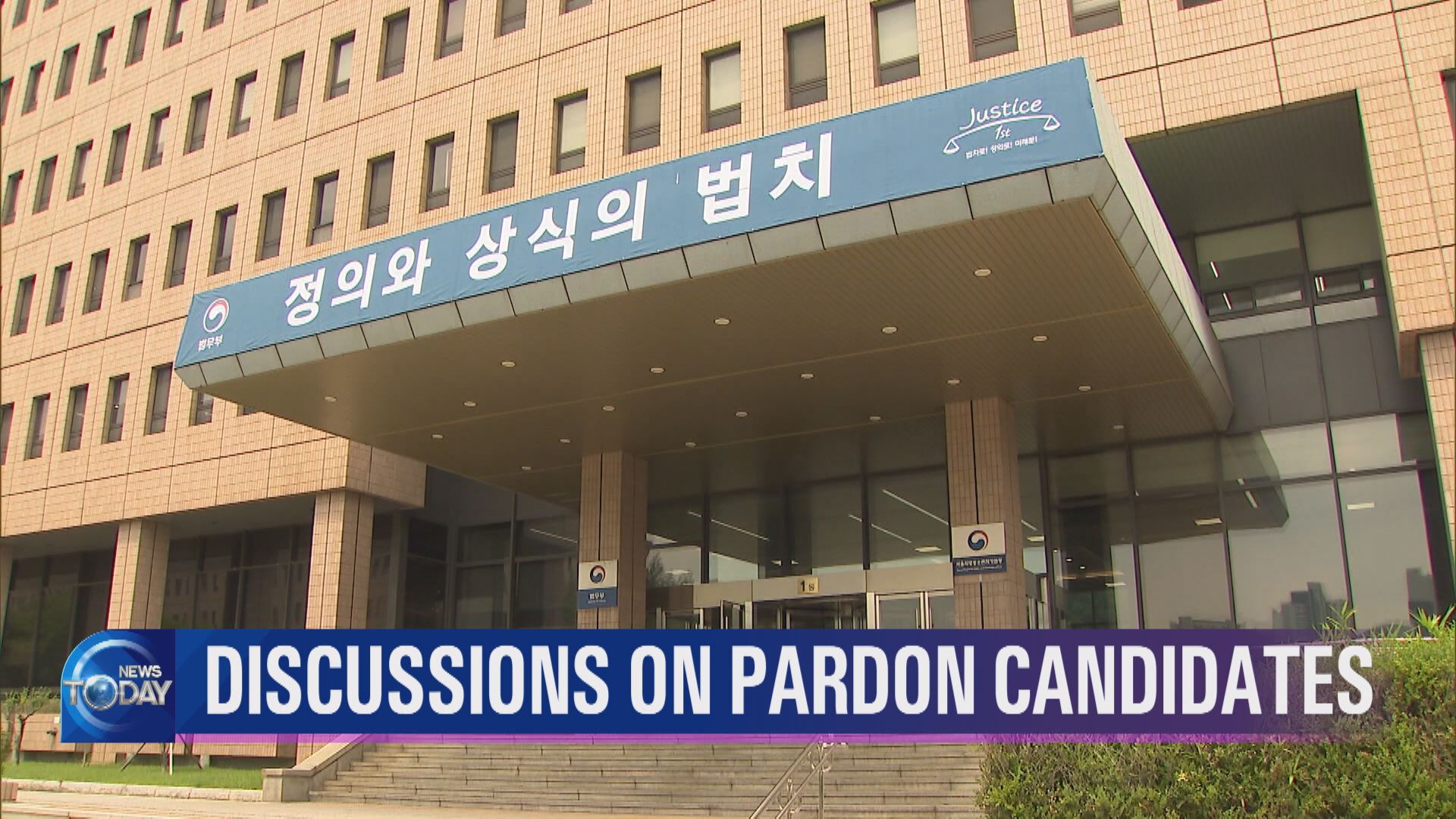
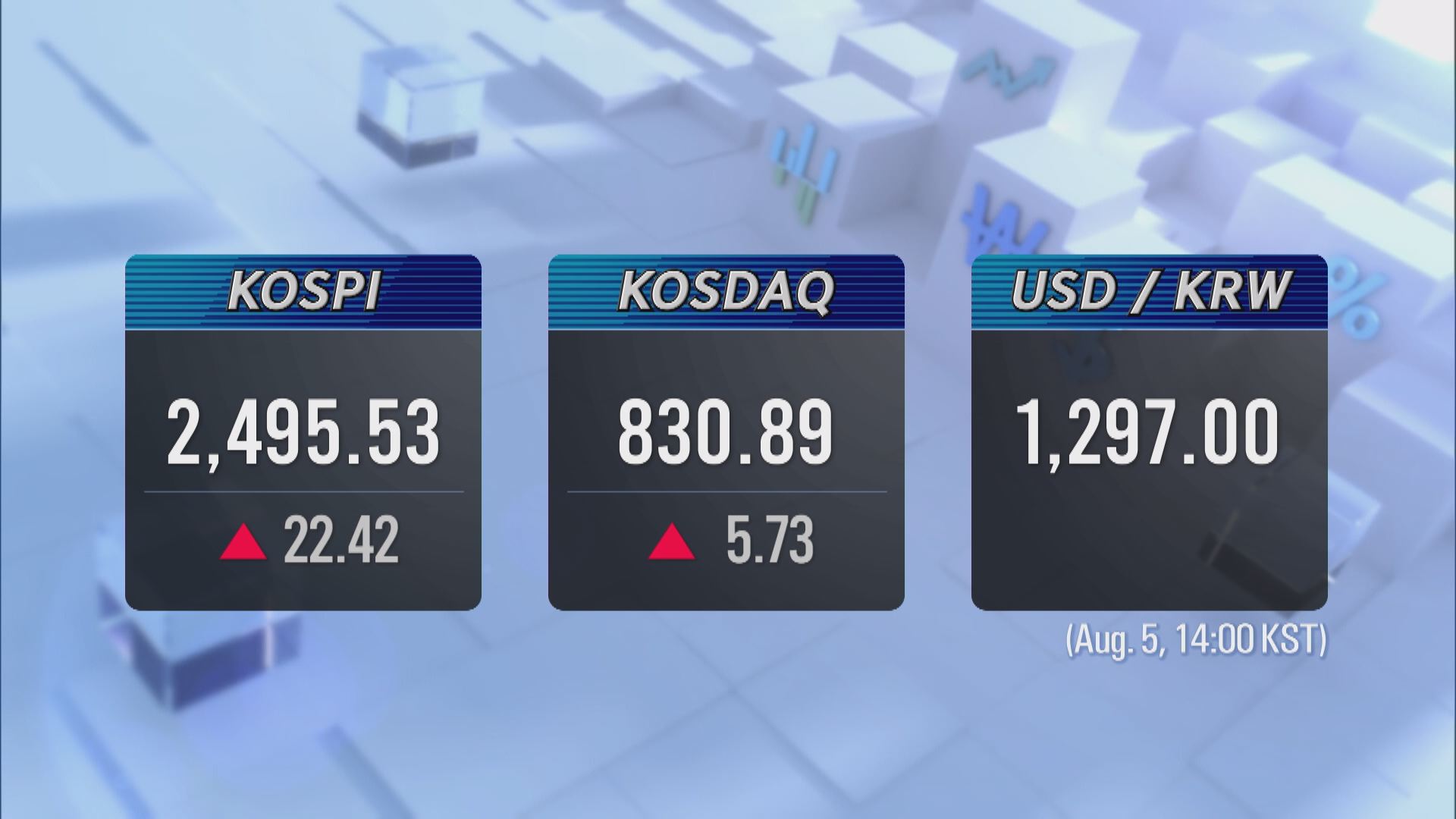

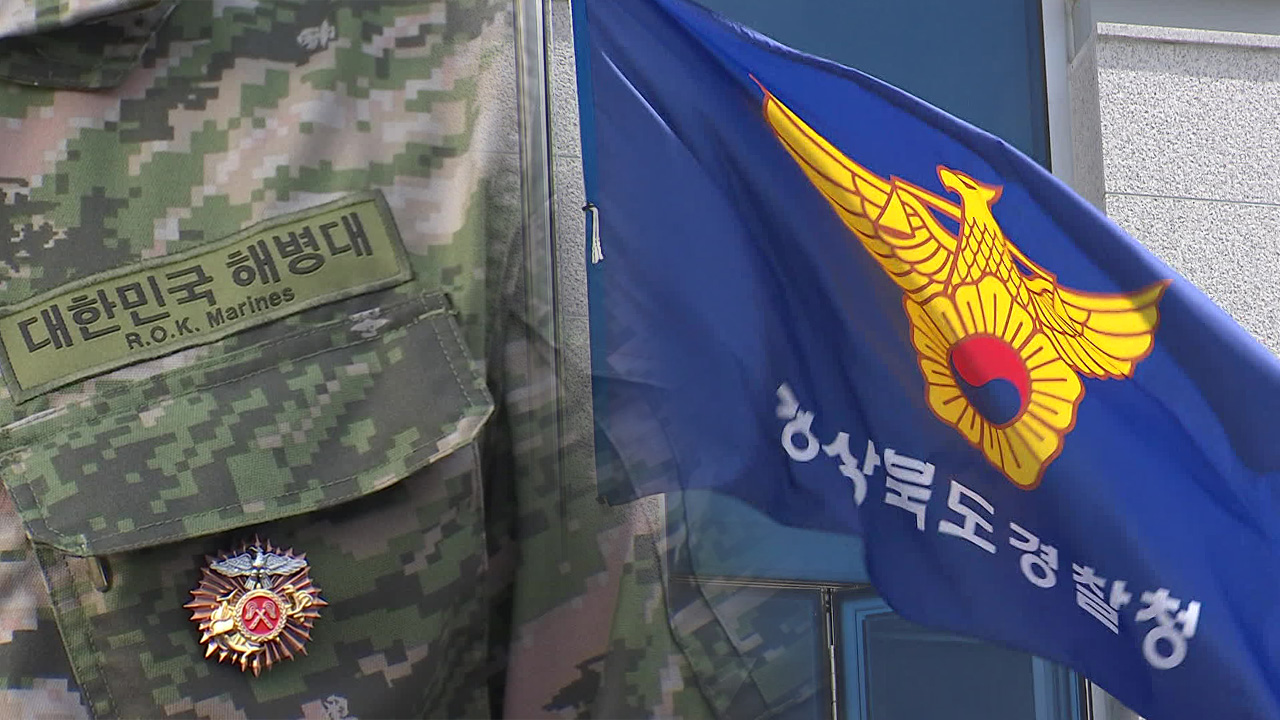
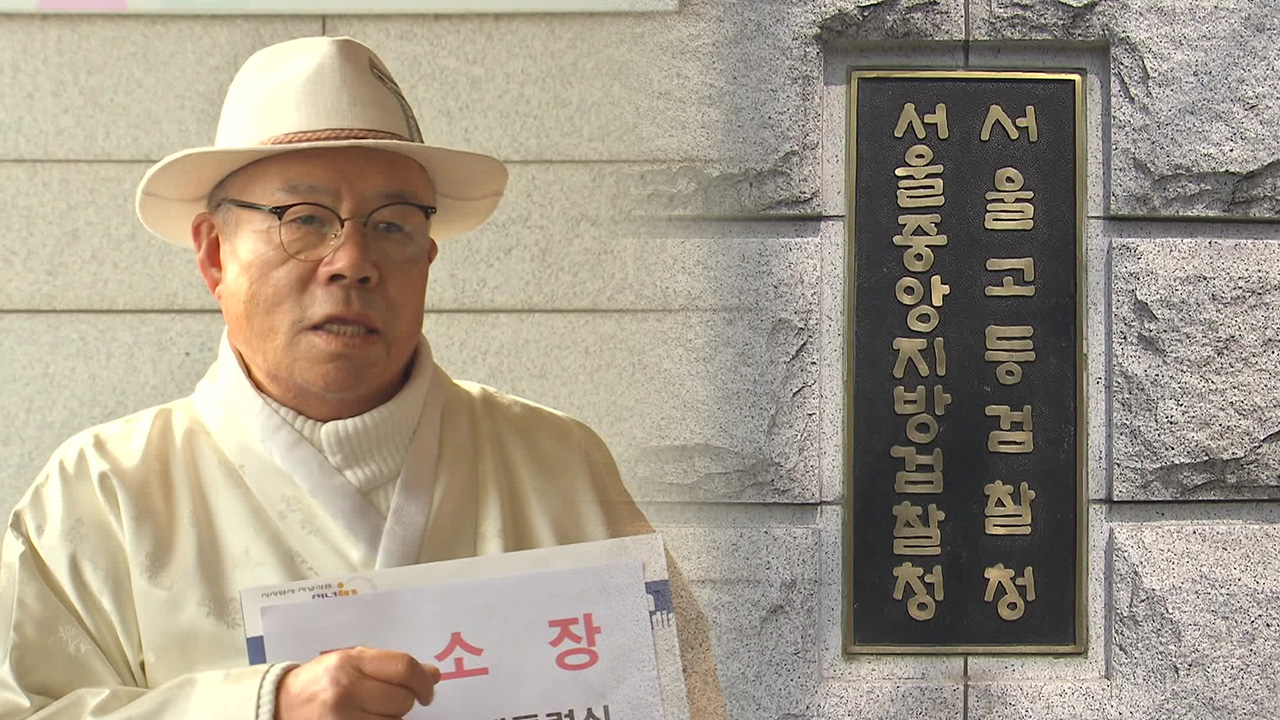
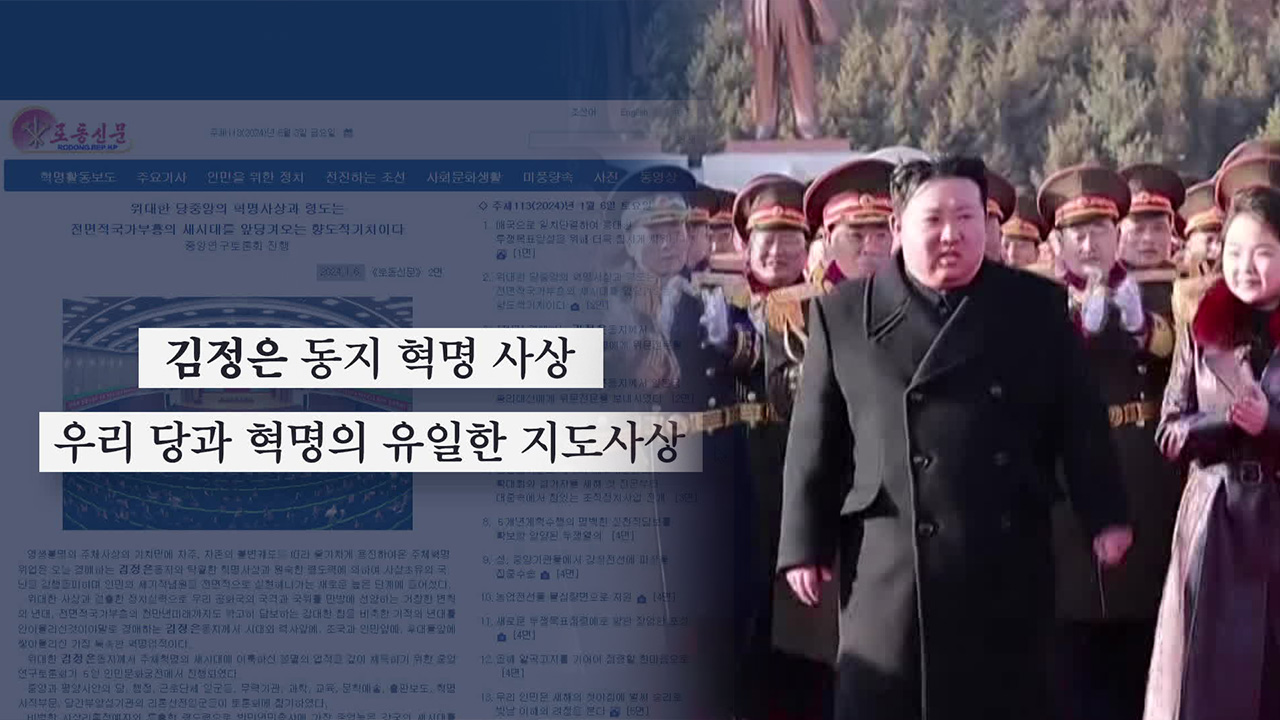

이 기사에 대한 의견을 남겨주세요.